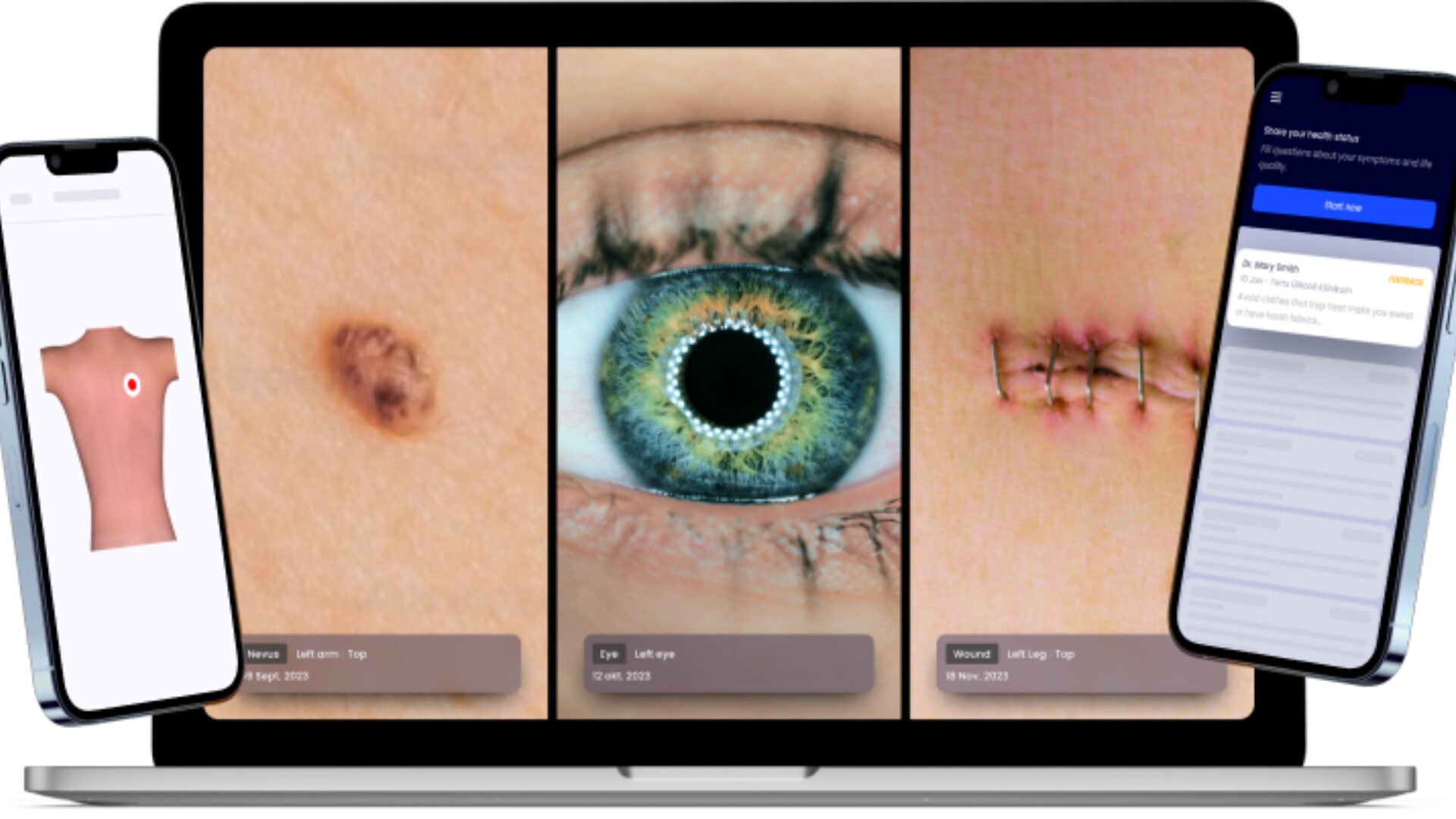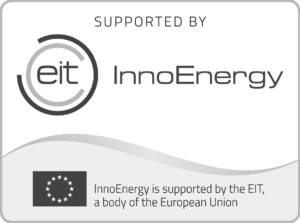12.12.2023
Collaborative innovation boosts ophthalmologists with advanced technology

Technological and innovative solutions are now an everyday part of medicine and constantly evolving digital solutions help to improve diagnostics and treatment. One of such innovations is a joint development by Tartu University Hospital and Dermtest, which creates new opportunities for ophthalmologists to manage eye diseases and document treatment.
Within the joint development, a package of functions was created for handling medical photos related to the eye and eye area. These functions improve the documentation of eye diseases, increase the quality of data, make the whole process more convenient for all parties and thereby enhance the quality of clinical treatment and also treatment outcomes. Healthcare professionals have the option to add medical photos of eyes and eyelids – to document eye and eye area conditions based on the specifics of ophthalmology. Accurate visual documentation simplifies involving the patient into the treatment process.
Priit Kruus, founder and CEO of Dermtest, said that Dermtest digital toolbox for medical photo management helps to manage various conditions of the human body. “The software is mainly developed for managing medical photos and skin issues, but healthcare professionals of other specialities have successfully implemented it as well”, said Kruus.
He stated that every speciality has different needs. Ophthalmology includes the diagnostics of eye and adnexa (eyelids, eye socket, tear ducts) pathologies, and the diagnostics of refractive disorders. Ophthalmologists handle medical issues related to the eye and skin surrounding the eye. They also perform surgical procedures. This and other potential use cases have created a larger need to add a so-called eye examination type to the system.
Ophthalmologist Dr Maris Rebane from Tartu University Hospital said that she uses this solution on her patients mostly for storing pathologies (nevi, basaliomas, traumas etc.) of the face and eyelids. It is also possible to store microscope-enhanced photos to, for example, monitor pathologies related to the pupil and iris. “Storing photos, viewing them on a large screen and comparison helps me to better assess treatment results or skin changes and also explain the nature of the disease to the patient. At the same time the stored medical photo is a legal document protecting the patient and also my medical practice. Every piece of visual data is crucial for managing eye diseases and it is important that equipment and software performs in cooperation and accommodates the specifics of ophthalmology,” Dr Rebane stated.
Eye examination type can be used by all hospitals that are already using Dermtest photo management solution, including Tartu University Hospital, East Tallinn Central Hospital, West Tallinn Central Hospital, Pärnu Hospital, East Viru Central Hospital, Children’s hospital and Narva Hospital. It will also be activated for general practitioners who use the existing system to capture medical photos and forward them to the national database, as from the next year the ophthalmologist e-consultation for adults will be launched nationally and some activities in this process can be facilitated by the Dermtest solution.
“Creating new digital solutions in healthcare is very complicated, but we saw the need and opportunity to take a specific step towards improving a service flow. Therefore, I am happy that the joint development was supported and Tartu University Hospital promptly got on board, contributing to content and also being the first user,” commented Priit Kruus.
The joint development was made possible by support from the Tehnopol led Connected Health Cluster (now called Tehnopol HealthTech Community). The study was co-funded from European Structural Fund resources. Dermtest and Tartu University Hospital are both members of the Tehnopol HealthTech Community.












